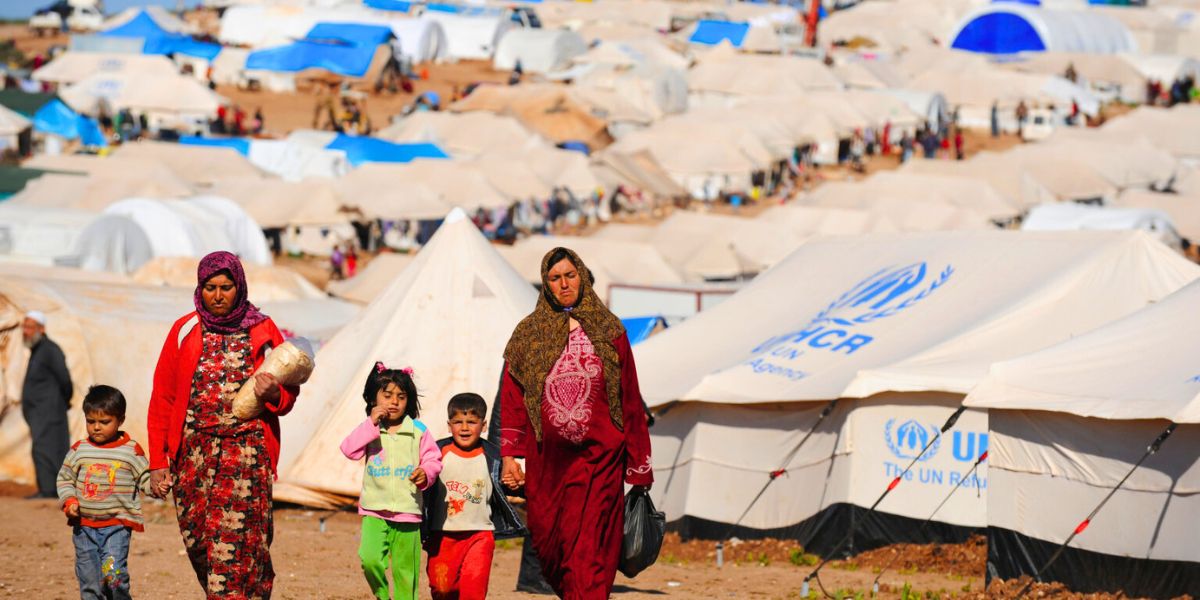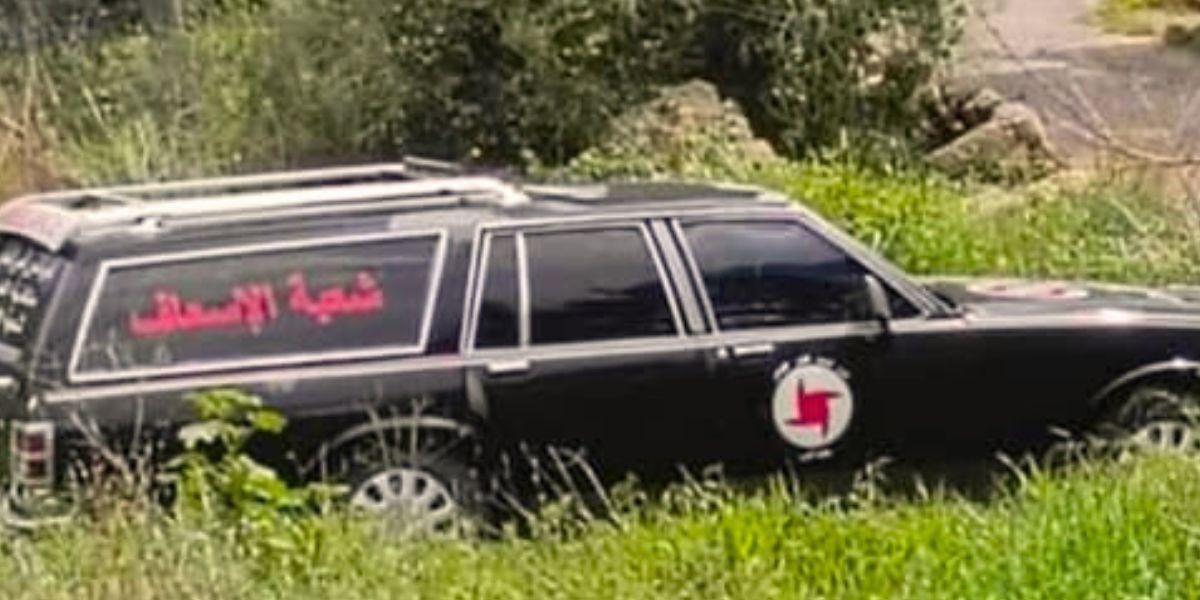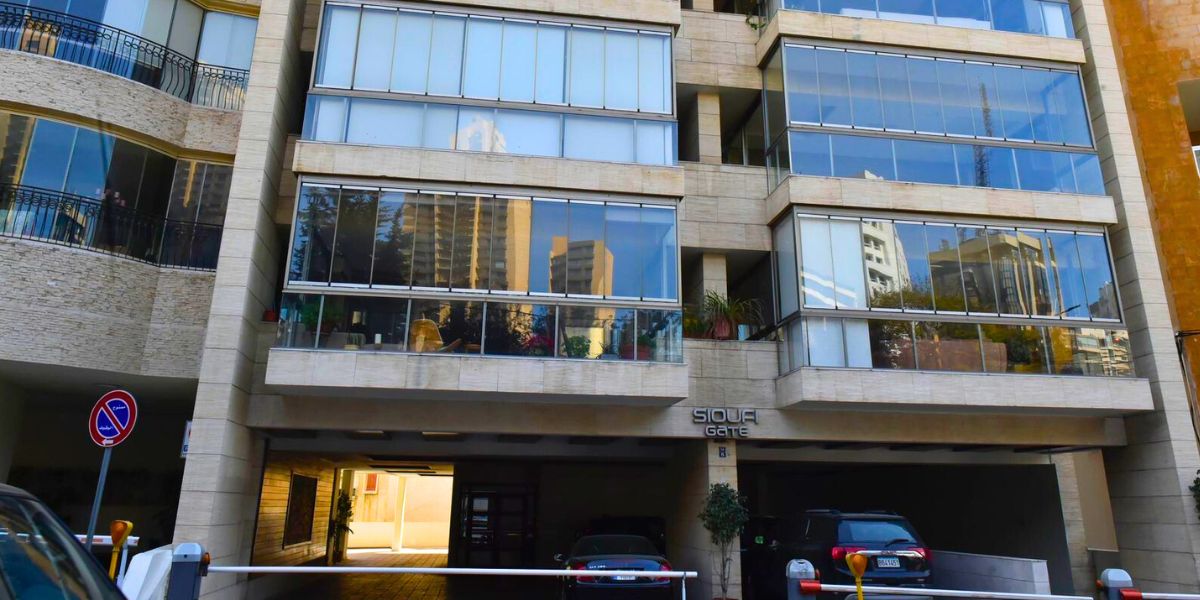In 2019, work on the 50m deep cut-off wall of Mseilha Dam in Lebanon was (successfully?) finalized. It was expected that the dam will start gathering water this winter, and it did, for just a few days.
The dam is located in Batroun, one of Lebanon’s oldest cities, and home to an environmental paradise. It was constructed to provide drinking water, water supply for certain industries, and irrigation of agricultural lands in the region. Until.. it all disappeared!
Lebanon’s former minister of energy and water, Nada el Boustani, visited the Mseilha dam in Batroun on January 6th and concluded her visit with a positive statement: A third of the dam was filled. Three weeks later, a picture taken by a Lebanese environmental activist is showing no water.
The photo circulated the internet, and people were wondering: Why did the water disappear? What’s known is that the working period on the dam had to be extended at a certain time due to the emergence of major defects, which could be the cause – or not- of the dam not filling beyond its third capacity.
According to Lebanon’s Eco Movement, this isn’t the first phenomenon of its like in Lebanon. The same happened with the Brisa dam in El-Denniyeh that had also failed to gather water after its completion in 2013.
The failure of the Brisa Dam, which was executed by the same company that undertakes the Mseilha Dam, prompted a judicial action back then.
The financial Prosecutor Judge Ali Ibrahim filed a complaint against the CDR and the construction company for wasting public money on the Brisa Dam.
People are now asking that the same legal action be undertaken for Mseilha Dam, since it also wasted public money, and sacrificed large green areas from the historic Nahr el-Jawz Valley.
Who must hold accountable those responsible for such destructive and funds-draining flunked projects? Former ministers were involved in launching the policy of constructing random dams in Lebanon, including Gebran Bassil and Nada El-Boustani.
As these pictures and news of the Mseilha Dam circulated online, and the Lebanese people expressing their concerns and anger on social media, the Lebanese ministry of energy and water went public with a statement.
The Ministry’s statement emphasized that the implementation of some of the complementary works and necessary experiments is still continuing to date.
It went further explaining: “The project implementation supervisor along with the construction agencies are still completing the remaining works, including experiments such as packing and unloading the tank, to ensure that there are no impurities.”
Whether this dam will be able to gather water and complete its function or not – since even the ministry obviously has no idea – pertinent questions remain:
Based on what strategy or study these dams were constructed? What justifies this attack on Lebanese nature, then? Most importantly, where are the studies and the experts?
Since Lebanon has been in the middle of an economic crisis, you would think that the state would know better than to spend an enormous amount of money on something that is not an experiment. Can we really afford to send this kind of enormous funds to waste?
This is what Lebanese people and experts have been predicting for the Bisri Valley if the government was to go through with the construction of the dam there: We will face the same result while enduring massive destruction of the valley.
Specialists have confirmed that the Bisri dam won’t succeed in collecting water, which will all end up leaking into the ground.
The little amount of water it will collect will be polluted and not suitable for home use; aka, it will end up exactly like the Mseilha and the Brisa dams.
These projects cause extreme damages to Lebanon and the Lebanese people. Dams, which are being randomly built all over Lebanon and are not based on firm studies, will do all harm and no good.
We are losing natural landscapes and public money for some projects that may or may not work.
All the while, thousands of Lebanese families are starving, funds are urgently needed on crucial sectors – like health, education, and social affairs -, the country is crashing under tremendous debts, and the lands of many of our forests that were swept away by the fires need reforestation.
















